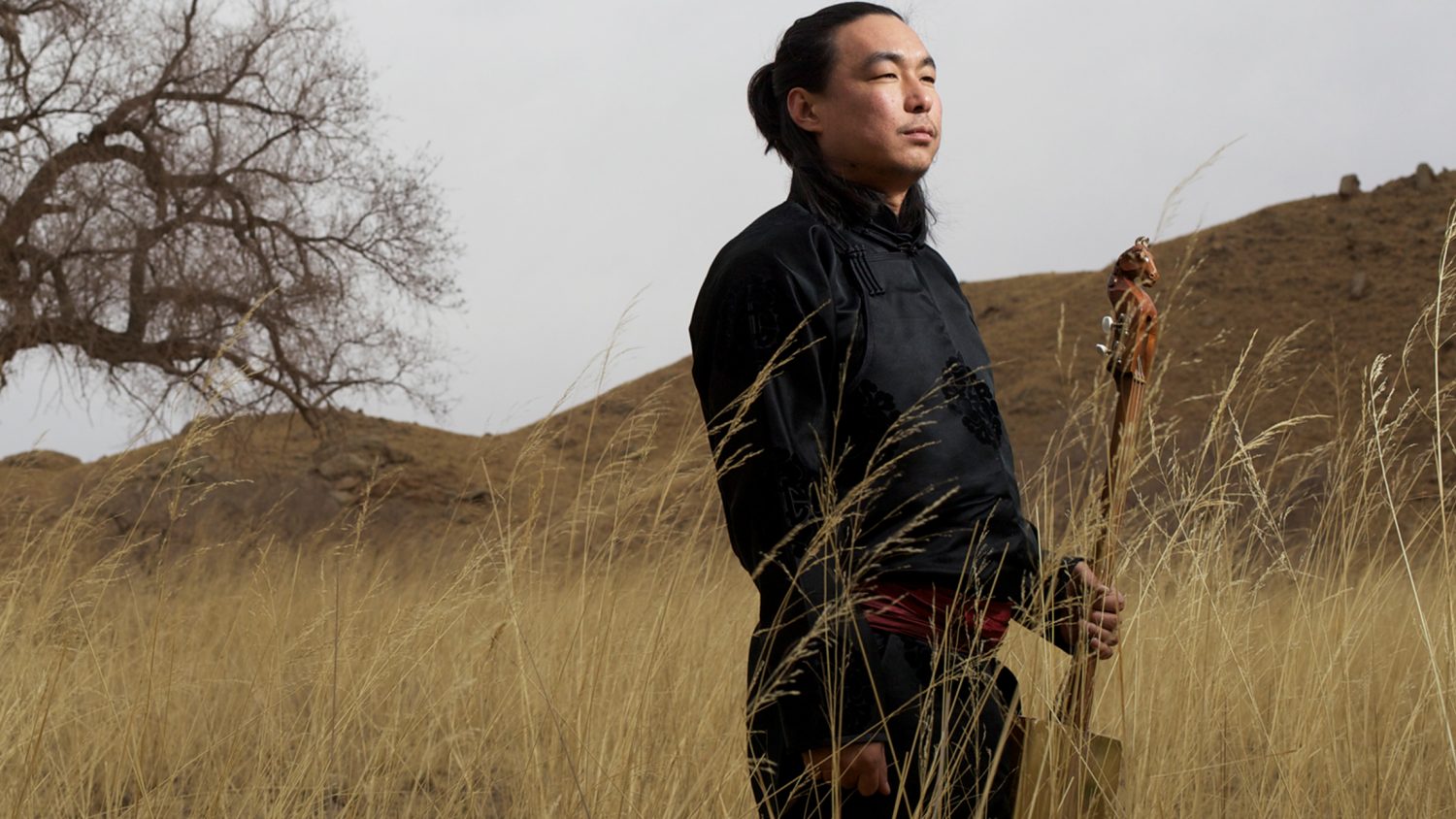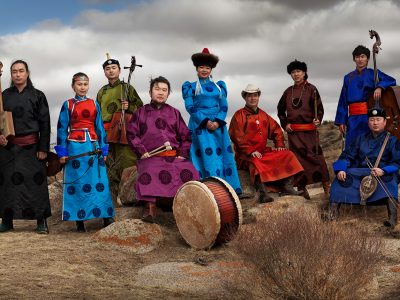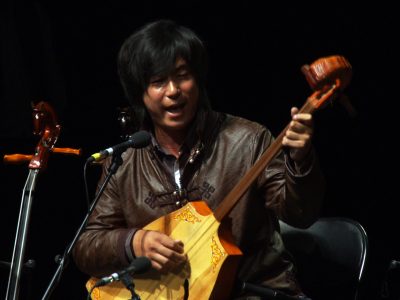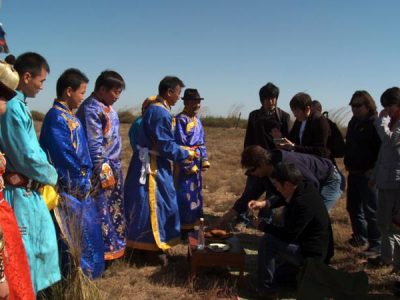- News
- Preserving the Roots of Mongolian Music and Culture
Preserving the Roots of Mongolian Music and Culture
A unique melding of Mongolian musical styles, Anda Union is working to conserve Mongolian culture and “keep the essence of [Mongolian] music alive”. While its members all hail from different regions and musical traditions, they are united in this common goal.
Through their engagements in North America, Anda Union is bringing Mongolian music to the world. Closer to home, members are equally passionate about bringing this music back to the Mongolian people – especially the younger generations who have not had as much exposure to their music and language. One ensemble member even runs a popular Mongolian music bar with her family. The members hope future generations will be driven to keep Mongolian culture alive as Anda Union has worked to do.
“Young Mongolians like us now understand how important our culture is but maybe the next generation won’t care and we have to prevent this from happening”
Bataar, Anda Union drummer

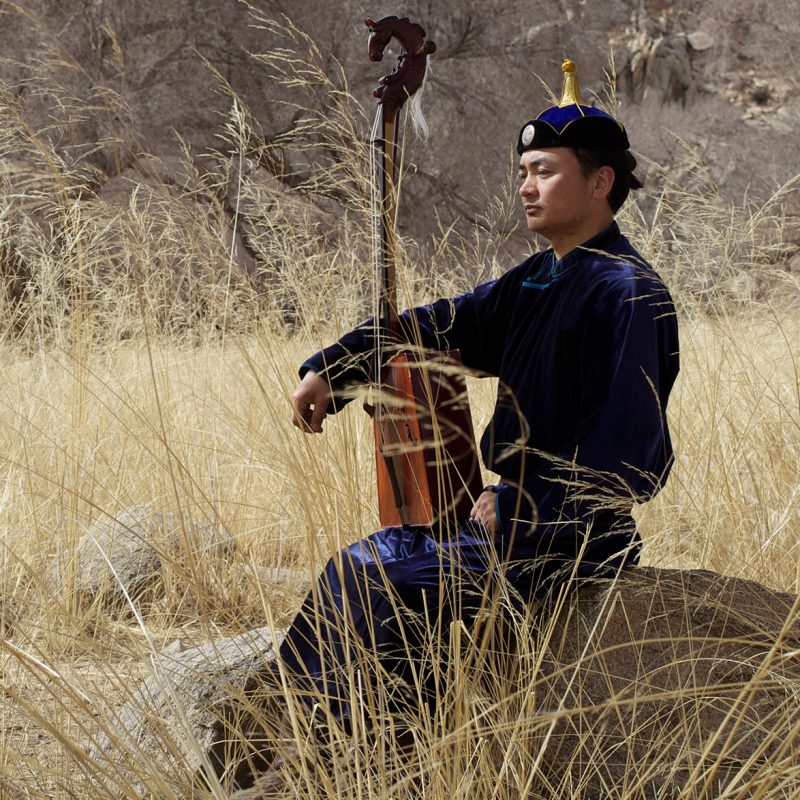
Anda Union’s members come from musical families and are trained in vastly different Mongolian musical traditions, from long song to throat singing. A variety of traditional Mongolian instruments are also featured in the ensemble’s repertoire.
Urtyn duu (long song) is named for the long, melismatic durations of each syllable. It requires a large vocal range and extreme control, and uses a wide range of vocal improvisation techniques to ultimately communicate a sense of profound tranquility. Often a song has very few words, one 3 minutes long might only have 10 words. Long song suggests occasion and respect for Mongolian culture, and is often performed at ceremonies.
For the famous Mongolian hoomei (throat singing), the singer produces a low drone and uses their mouth as a filter to sound natural harmonics over the drone note, producing two distinctively audible pitches at the same time. This technique is thought to have originated as an imitation of the sounds of nature, and is very reminiscent of the wind blowing through the grasslands of Mongolia. Through singing is common to different groups within Mongolia, but its style varies across the different cultures.
Commonly known as the horse head fiddle, the morin huur is a 2 stringed instrument played with a bow, similar to a cello, and has a unique method of fingering. It has a distinctive, beautiful sound with a hint of melancholy and is synonymous with Mongolian culture.

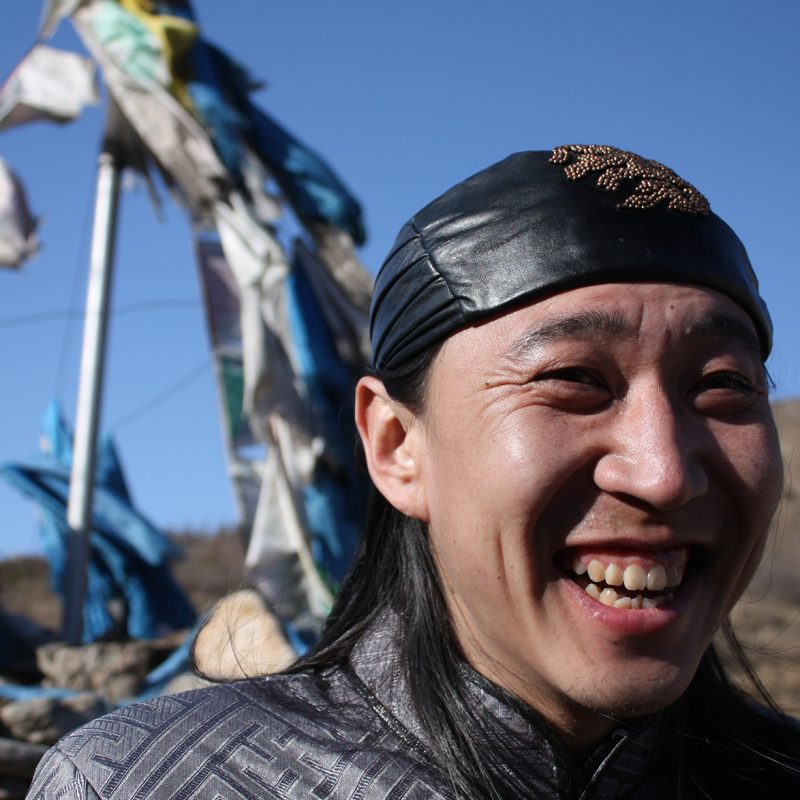
The moadin chur, or Mongolian flute, is made from a reed which is played vertically, positioned under the top lip. The flute player performs throat singing simultaneously, an extremely rare and difficult task very few musicians are capable of.
The tob shur, or Mongolian lute, has only two strings, and is traditionally used to accompany a singer. Anda Union use the tob shur as a vital melodic instrument used to drive the rhythm of their music.
Anda Union’s repertoire takes inspiration from all these sounds and traditions. Utilizing these ancient methods and instrumentation keeps Anda Union connected to their cultural roots, while the unique perspective each of the nine ensemble members brings makes the music new and interesting every time it is played.
